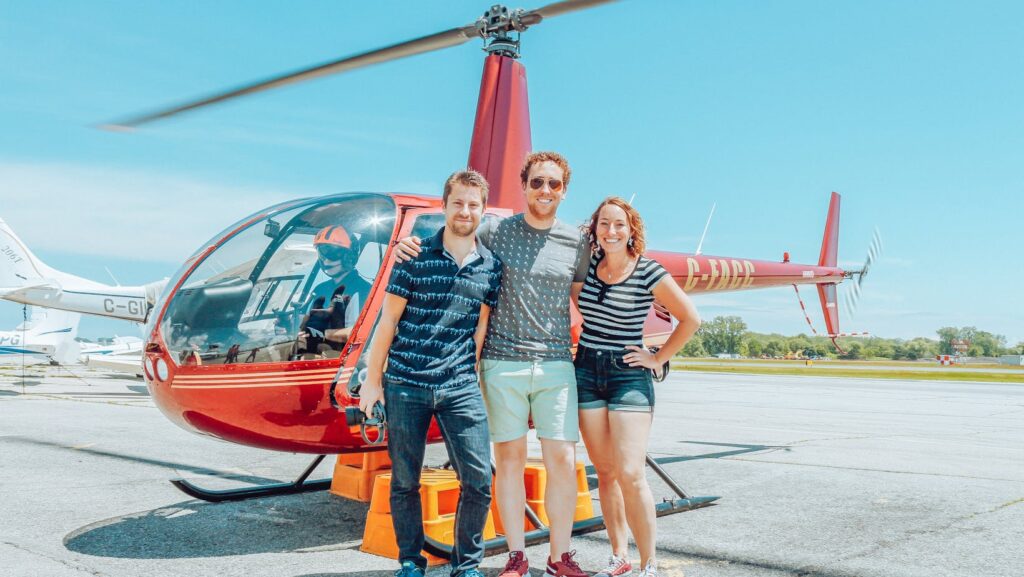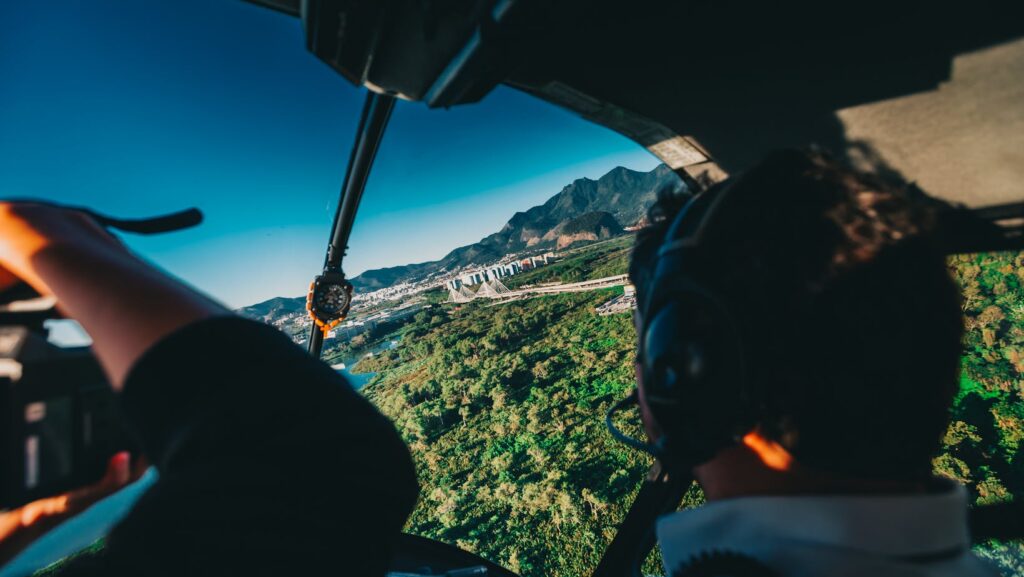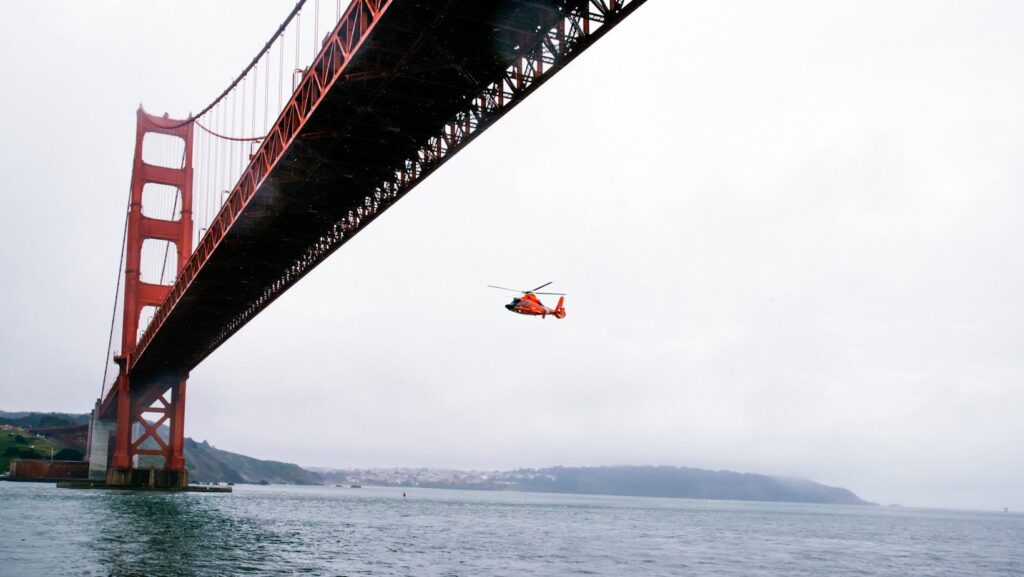Ever gazed at a city’s skyline and imagined it buzzing with flying cars? Welcome to the future of transportation – urban air mobility companies. This isn’t science fiction anymore; it’s the reality being shaped by innovative UAM companies. They’re pioneering the skies, transforming how we perceive urban transportation.
Urban Air Mobility Companies
Urban air mobility companies represents a breakthrough in modern transportation technology. Drawing from advancements in aerospace, these systems often incorporate QR codes for streamlined navigation and booking, and they have the potential to reshape daily commutes.

Urban Air Mobility (UAM) signifies the integration of unmanned aircraft systems into urban environments for transporting people and goods. It’s a part of a broader concept termed as “Advanced Air Mobility (AAM)”, which includes urban, suburban, and rural operations. Research conducted by NASA confirms that UAM systems are constructed on the foundations of Autonomous Aerial Vehicles (AAVs) and electric vertical takeoff and landing (eVTOL) technology. These futuristic vehicles, equipped with vertical takeoff and landing capabilities, operate independently with minimal human interference. Drawing examples from a range of vehicles, such examples include air taxis and delivery drones that offer increased mobility options within the urban landscape.
Pioneers in Urban Air Mobility
Overview of Leading UAM Companies
Volocopter, Lilium, and Joby Aviation have emerged as trailblazers in the UAM space.

- Volocopter: A German tech firm that’s made major strides in designing unmanned drones for passenger travel. Volocopter greatly emphasizes safety, with numerous built-in redundancy systems.
- Lilium: A Munich-based company ranked high because it’s succeeded in developing an electric air taxi jet. Lilium’s taxi jet garners admiration due to its efficient use of energy, thus making it a sustainable solution.
- Joby Aviation : A California-based organization, Joby Aviation stands apart due to its strong focus on reducing transportation time. The company envisions a future where commuting via an aerial route will be faster and much more convenient.
These entities invest significantly in state-of-the-art technologies and robust infrastructure to elevate the UAM sector. Their efforts drive the transition of UAM from abstract concept to practical reality. Further, they ensure to address regulatory barriers and secure public acceptance, thus maneuvering towards a future of efficient and sustainable transportation.
Technological Innovations in Urban Air Mobility
Advancements in Drone Technologies
Progress in drone technologies pioneers the transformation of the Urban Air Mobility (UAM) sphere. Unmanned Aerial Vehicles (UAVs), commonly referred to as drones, now bear elaborate designs equipped with advanced GPS and sensor-enabled technologies. Companies such as Volocopter are introducing drones with higher payload capacities, capable of carrying passengers over short distances.
For instance, EHang, a leading company in the autonomous aerial vehicle domain, showcased its EHang 216 model. This drone is capable of carrying two passengers, flying non-stop for 21 minutes at speeds up to 130 km/h.
Challenges in Implementing Air Taxis
However, unlocking a future with air taxis is not without its challenges. Three of the critical obstacles include stringent regulatory frameworks, public perception, and infrastructure requirements.

Regulatory hurdles often delay the authorization of air taxi operations. Companies must satisfy numerous safety and operational requirements before the government allows public operations. Lilium aviation faced similar struggles, despite having their Lilium Jet, a five-seater, all-electric vertical take-off and landing (eVTOL) urban air mobility aircraft, ready for public use.
Public perception is equally significant. Many fear the safety of air taxis, highlighting concerns from mechanical failure to collision risks. Educational campaigns and demonstrations become a necessity to build public trust. For instance, Volocopter undertook several test flights in Singapore to showcase the safety and feasibility of their air taxi.
Lastly, infrastructure plays a crucial role. The creation of vertiports able to handle rapid take-off and landing of these air taxis is an inevitable prerequisite for deployment.
Future of Transportation
Urban air mobility companies is indeed a promising field, with companies like Volocopter, EHang, and Uber Elevate pioneering the way. They’re reshaping the future of transportation with advanced drones and AI technologies. Yet, it’s not all smooth sailing. Regulatory barriers, public skepticism, and infrastructure needs pose significant challenges.

